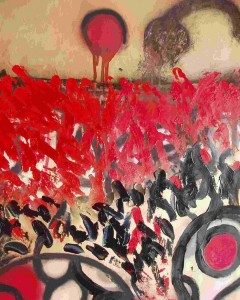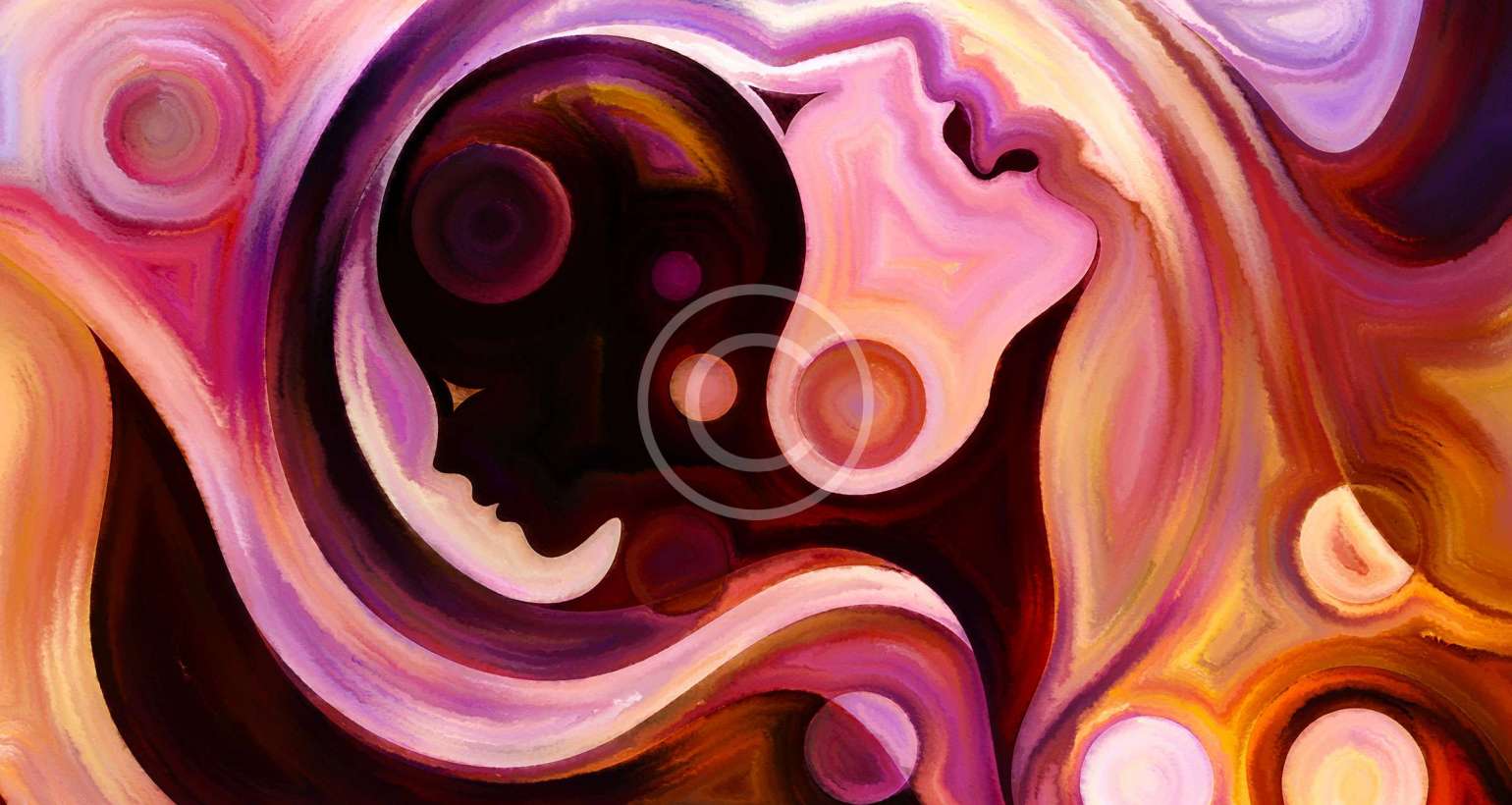The definition. Abstraction literally means the distancing of an idea from objective referents. That means, in the visual arts, pulling a depiction away from any literal, representational reference points. You can also call abstract art nonrepresentational art.
The word abstract simply means to separate or withdraw something from something else.
The term can be applied to art that is based on an object, figure or landscape, where forms have been simplified or schematised.
It is also applied to art that uses forms, such as geometric shapes or gestural marks, which have no source at all in an external visual reality. Some artists of this ‘pure’ abstraction have preferred terms such as non-objective art, but in practice the word abstract is used across the board and the distinction between the two is not always obvious.
Since the early 1900s, abstract art has formed a central stream of modern art. There are many theoretical ideas behind abstract art. While some have taken the idea of ‘art for art’s sake’ (that art should be purely about the creation of beautiful effects), others have proposed art can or should be like music, in that just as music is patterns of sound, art’s effects should be created by pure patterns of form, colour and line. The idea, derived from the ancient Greek philosopher Plato, that the highest form of beauty lies not in the forms of the real world but in geometry, is also used in discussion of abstract art, as is the idea that abstract art, since it does not represent the material world, can be seen to represent the spiritual.

